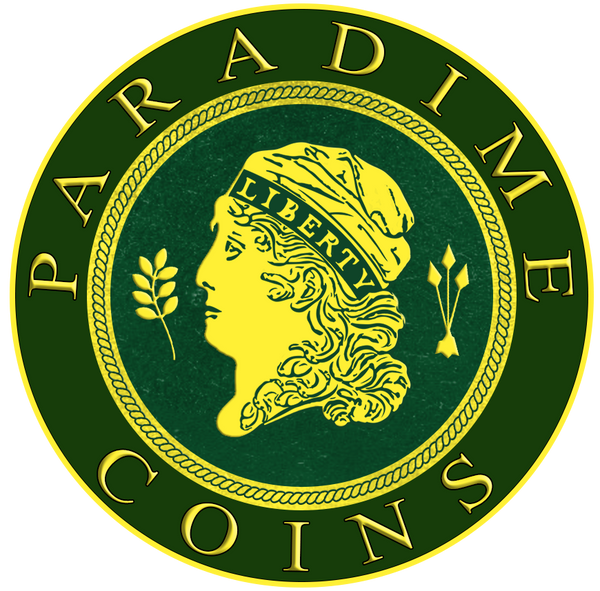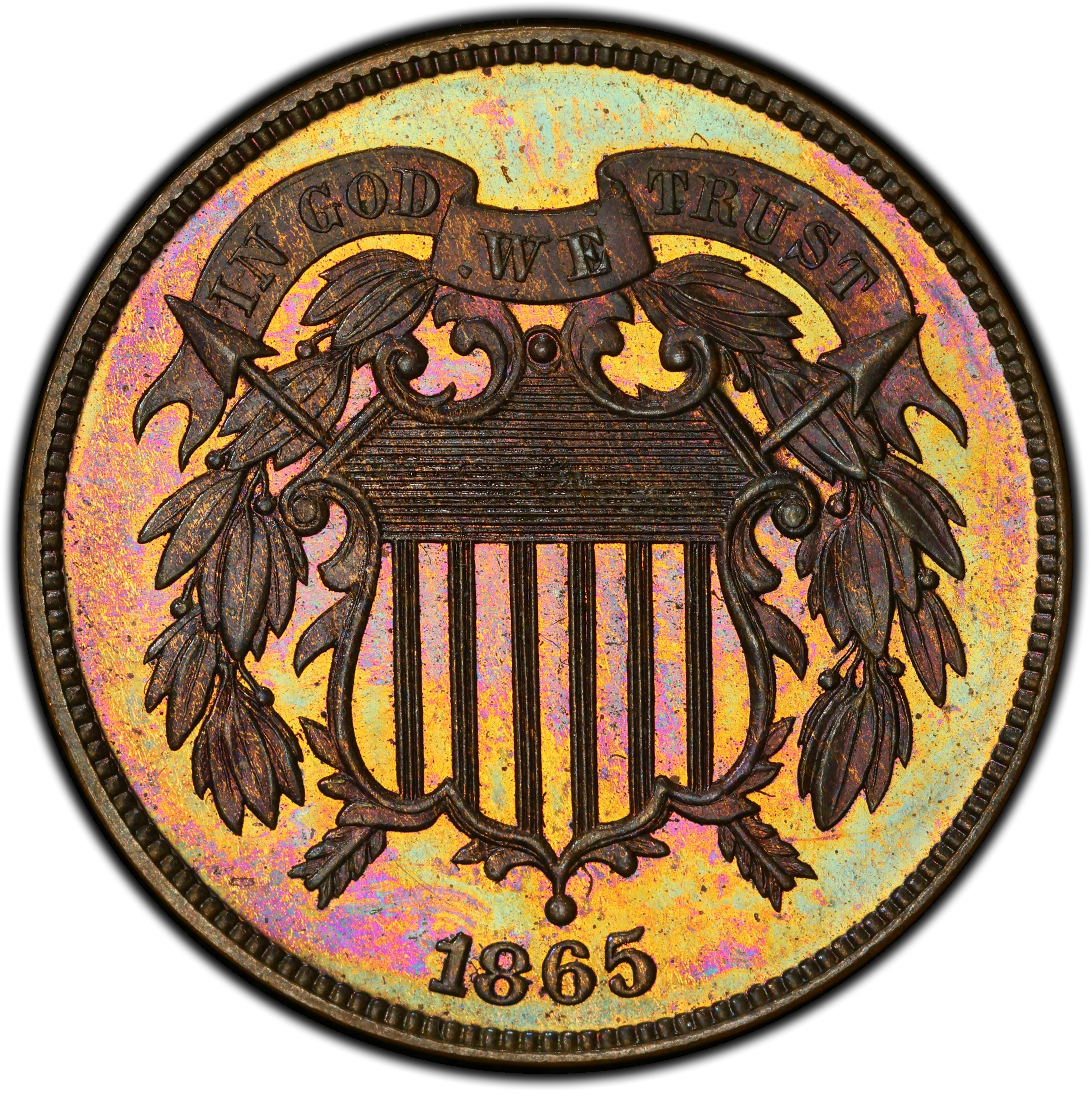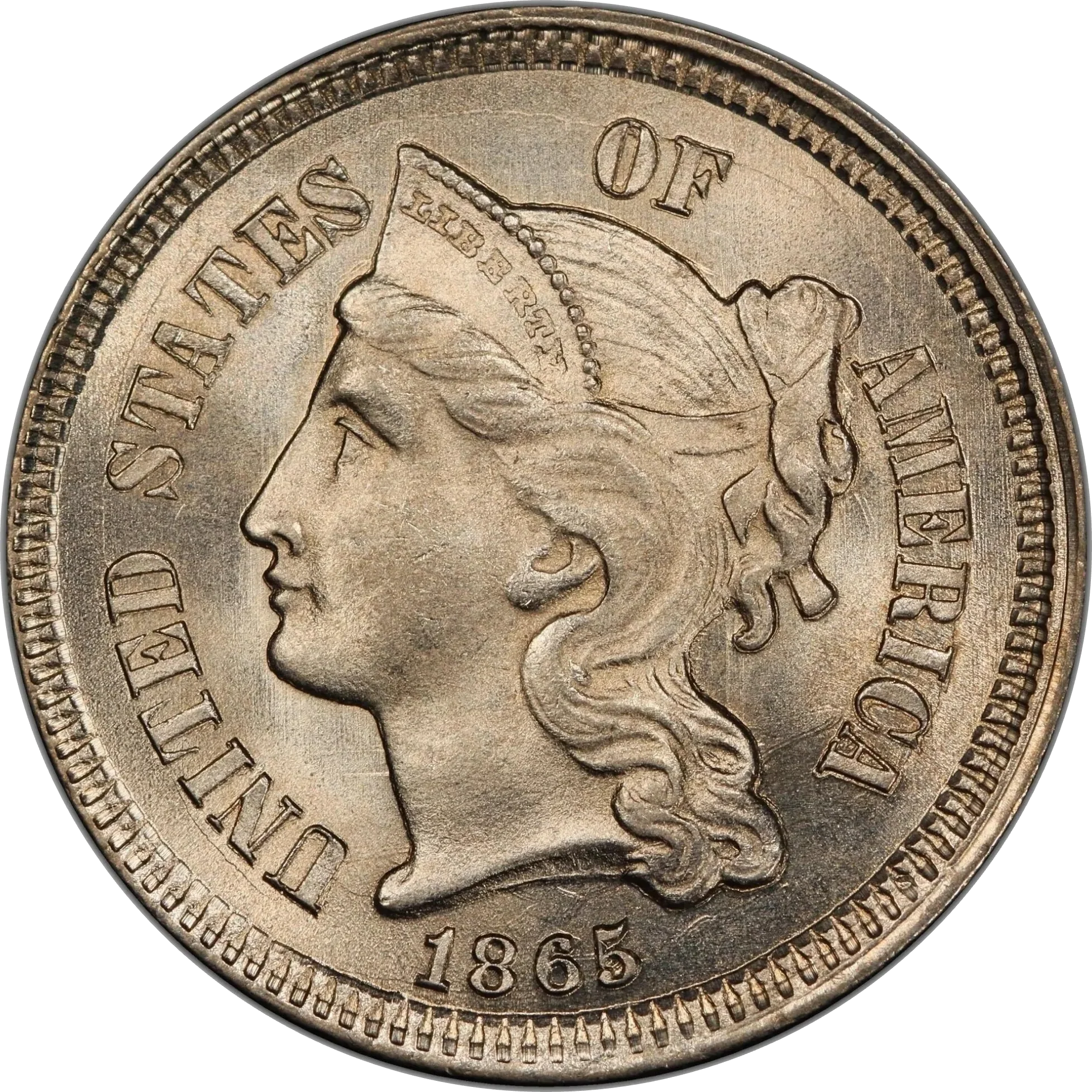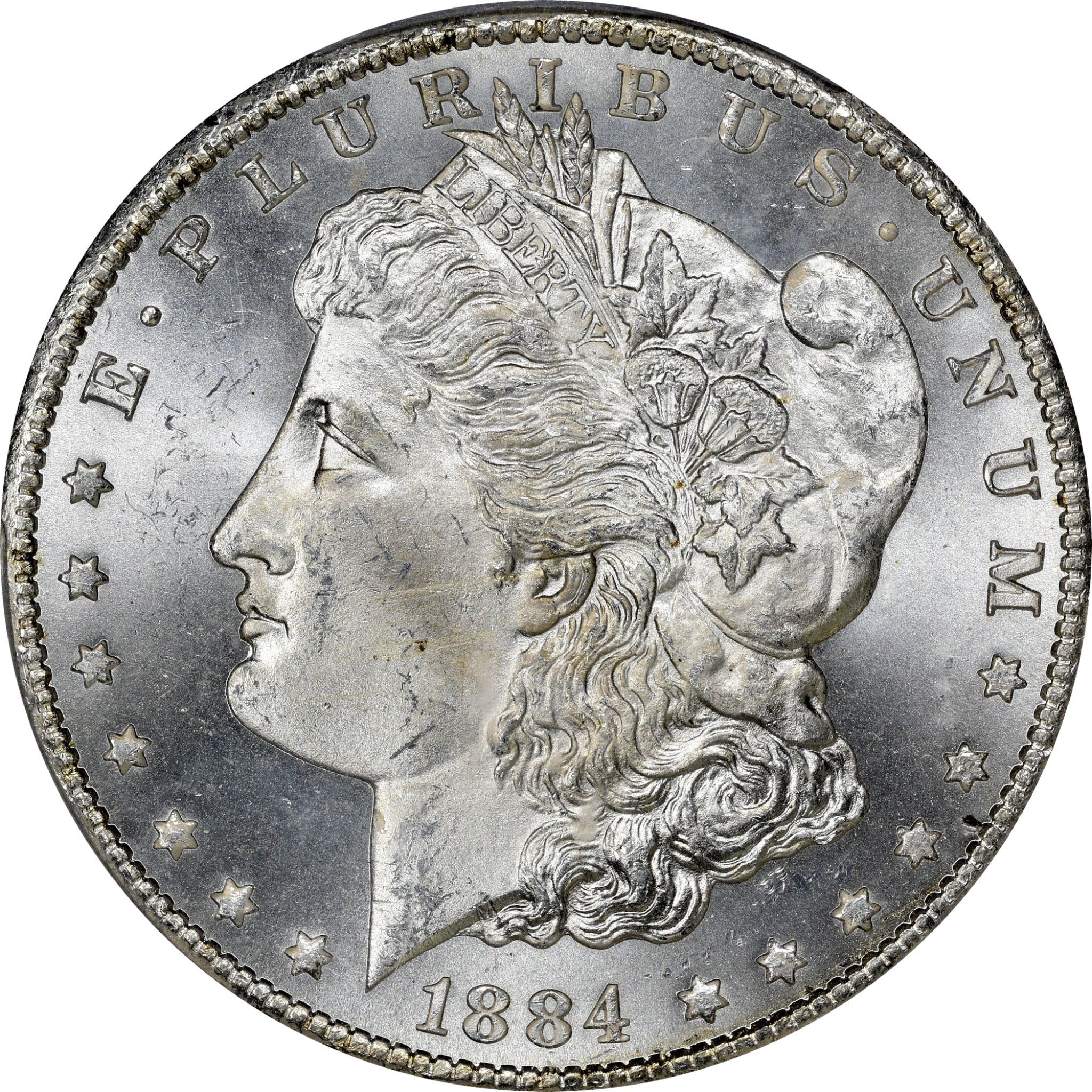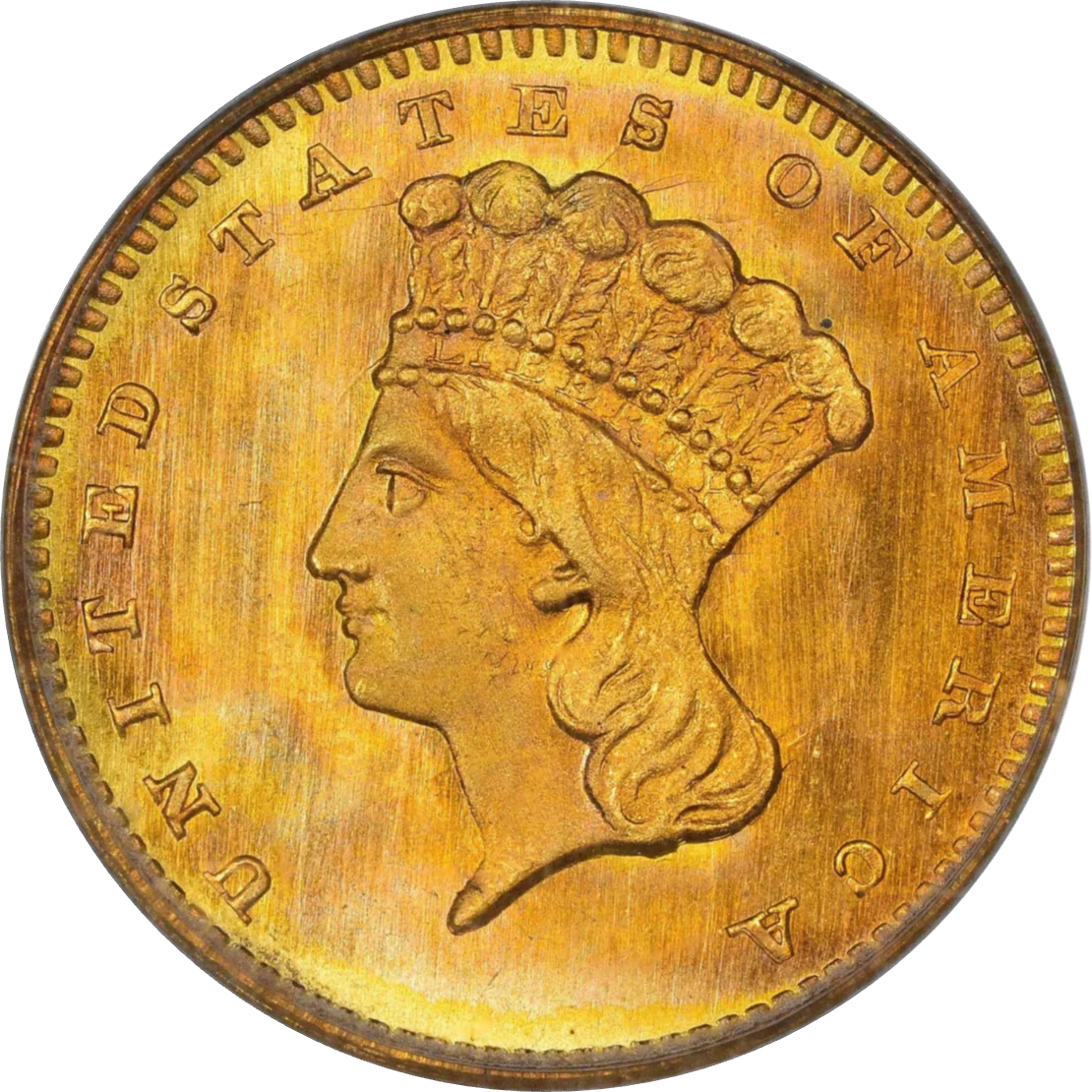Collection: Type 2, Small Size (Capped Bust Quarter)
No products found
View All Inventory
Designed by: William Kneass (after John Reich)
Issue Dates: 1831-1838
Composition: 89.24% silver, 10.76% copper
Diameter: 24.3 mm
Weight: 6.74 grams (104.01 grains)
Edge: Reeded
Business Strike Mintage: 4,202,400
Proof Mintage: Fewer than 150
1831–1838 Capped Bust Quarter – Small Diameter Type | Classic Early U.S. Silver Coinage
The 1831–1838 ... Read More
Designed by: William Kneass (after John Reich)
Issue Dates: 1831-1838
Composition: 89.24% silver, 10.76% copper
Diameter: 24.3 mm
Weight: 6.74 grams (104.01 grains)
Edge: Reeded
Business Strike Mintage: 4,202,400
Proof Mintage: Fewer than 150
1831–1838 Capped Bust Quarter – Small Diameter Type | Classic Early U.S. Silver Coinage
The 1831–1838 Capped Bust Quarter Dollar marks a refined evolution of the iconic Capped Bust series, first introduced in 1815. This later subtype is distinguished by its reduced diameter (24.3 mm) and precision strike using a closed collar, resulting in more uniform reeding and enhanced detail. Designed by John Reich and modified by William Kneass, this short-lived series represents a transitional moment in early American coinage, combining artistry and technical innovation.
The obverse features Liberty facing left, her hair flowing beneath a cloth cap inscribed LIBERTY, with draped garments secured by a brooch at the shoulder. Thirteen stars—seven left, six right—surround the portrait, with the date positioned at the base. The reverse displays a heraldic eagle perched on an olive branch and holding arrows, with a shield at its breast. The legend UNITED STATES OF AMERICA arcs above, and 25 C. is inscribed below.
This type is a favorite among type collectors, with dates from 1831 to 1838 all considered accessible in circulated grades. The 1835 quarter is the most frequently encountered, but no date in this span is prohibitively rare. Most surviving examples are found in Very Good to Extremely Fine, with AU pieces scarcer and Uncirculated specimens rare, especially in MS63 or better.
Notable varieties include the 1831 Small Letters and Large Letters, and the enigmatic 1833 rusted die variety, believed to have been struck from neglected dies repurposed near the end of the series. These issues offer compelling opportunities for die variety collectors, especially those referencing Browning numbers.
Collectors should note: examples with heavy wear are surprisingly uncommon, as many of these coins were withdrawn and melted during the silver crisis of the early 1850s. This makes even lower-grade survivors a desirable acquisition for those assembling a complete U.S. quarter type set.
